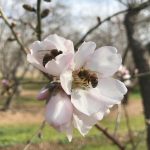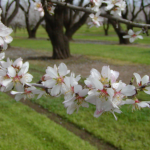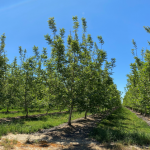Irrigating with lower quality water? What to consider first.
Given low precipitation this past winter and low surface water allocations, many growers may be faced with the difficult prospect of using lower quality water for irrigation this season. What should be considered before irrigating with lower quality water? Continue reading














